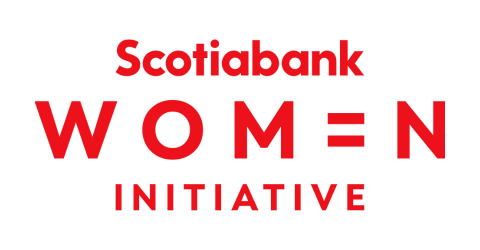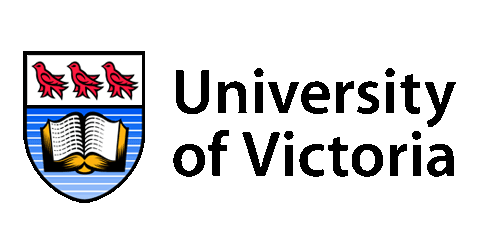Chamber welcomes renewed focus on industry
The Chamber applauds the recent launch of Look West, a provincial strategy to invest in the economy through major projects and a focus on industry. The aim is to build off recent announcements by the federal government to prioritize projects that will grow Canada’s economy and increase future revenue.
“As important as the specific projects are, even more encouraging is the acknowledgment that government needs to invest in ways that grow revenue and build resilience in our economy,” Chamber CEO John Wilson said. “The recent announcements come as The Chamber is beginning work with industrial partners in Greater Victoria, such as the Ralmax Group of Companies. One initiative that could make a big difference is the idea of an Industrial Land Reserve modelled after BC’s existing Agricultural Land Reserve.”
It makes sense to preserve spaces that have incubated successful industry and the good-paying jobs that come with it. There is a lot of pressure on land due to things such as BC Assessment’s highest-and-best-use policy. There’s a real risk that once the usage of the land changes, the jobs and revenue streams that had been in place will never return.
The Chamber will continue to work for all of its members, and hopes to continue to provide insight from a business perspective for decision makers in the provincial government.























